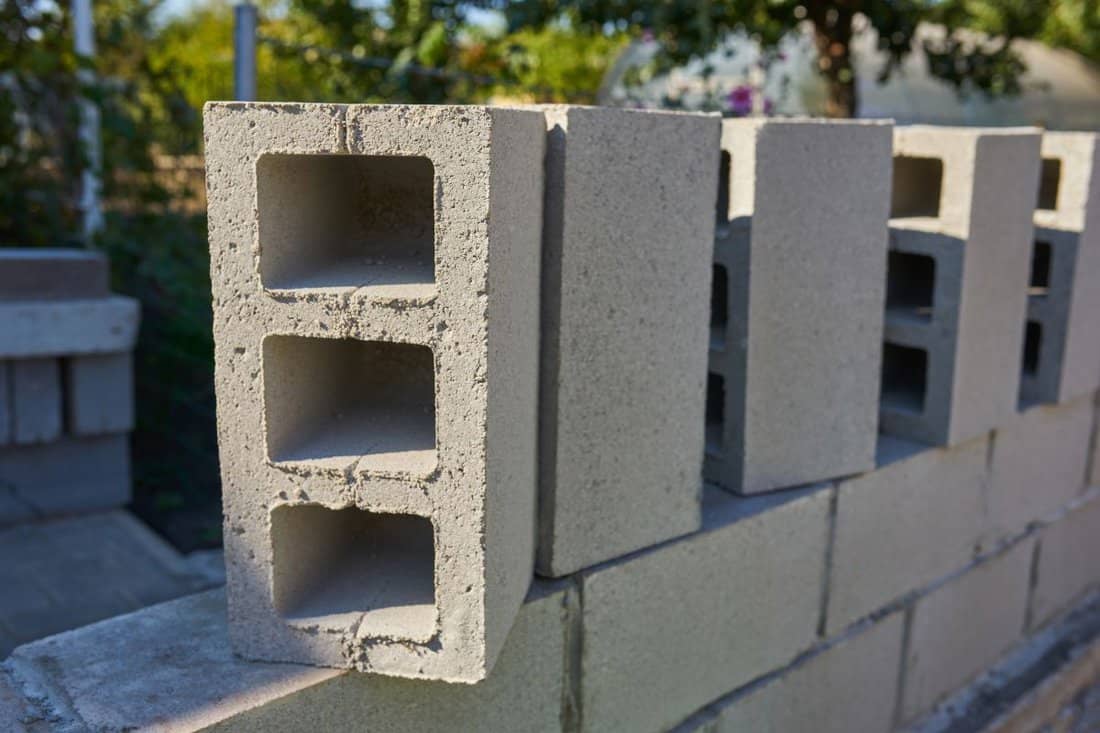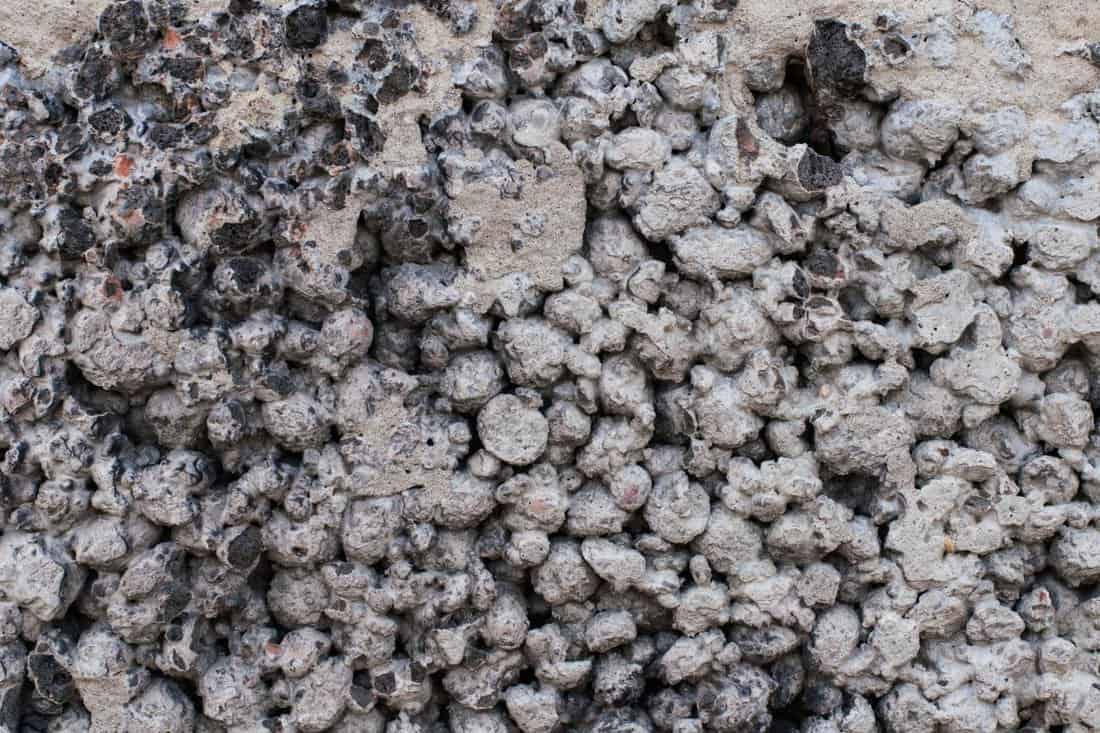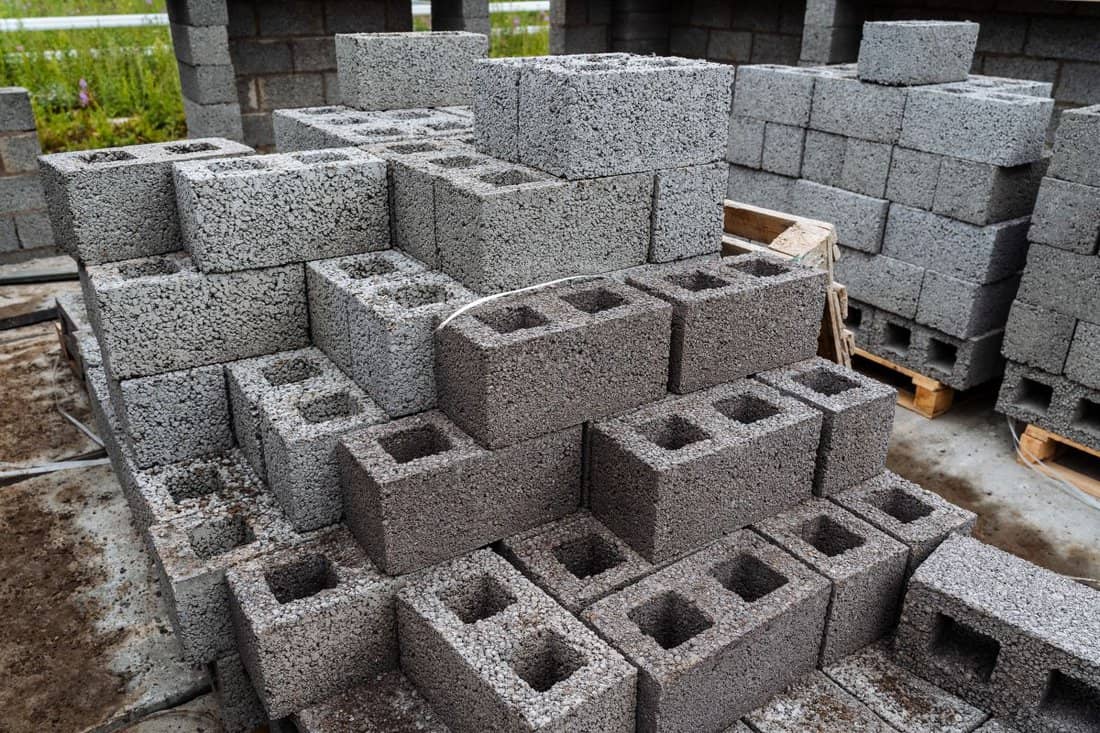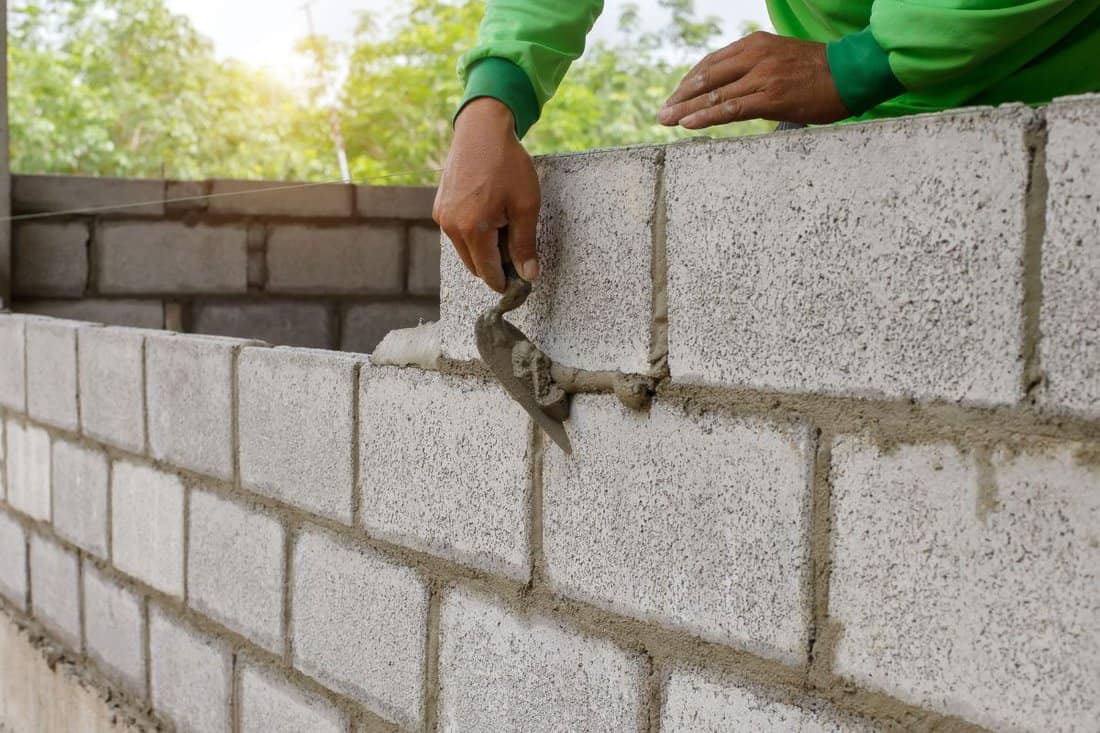For any building project, part of the planning includes choosing the right construction materials. You may be trying to choose between haydite block and cinder block and weighing their pros and cons. We have researched these materials and will help you out in this post!
The main difference between haydite block and cinder block is their composition. Haydite is an aggregate of granular clay, while cinder block is an aggregate of coal cinders or ash. Haydite block is relatively lightweight, but it resists rot and moisture well. Cinder block is denser.
Now that we have differentiated between haydite block and cinder block, we'll go over the pros and cons of each in this post. You will find details on the weight, price, accessibility, and usefulness of each material in the following sections. Read on to learn more.

What Is The Difference Between Haydite Block And Cinder Block?
We sometimes add affiliate links and content that was curated and created by our team with the help of advanced ai tools to help showcase the best design styles.

As we mentioned, haydite block and cinder block are different materials. However, they are both concrete blocks or concrete masonry units (CMU). The composition of their aggregates can change, but the primary material of each one will either be haydite or cinder.
The production of cinder block changed around 1947. However, you can find cinder block made of volcanic and coal combustion by-products. The only thing to note is that some building codes may prohibit its use.
Haydite Block Uses
Haydite block can be used for walls, partitions, bridge decks, and more. It is a versatile block for most situations but relatively lightweight. Typically, haydite block is 40% lighter than concrete block.
Whether or not this characteristic is a pro or con depends on what you need for your project. The following is an overview of the pros and cons of haydite blocks.
Haydite Block Pros

Since it is lightweight, haydite block also has a small volume weight. This reduces pressure on the foundation and makes it great for taller structures. It also has high performance when it comes to sound insulation and thermal insulation.
Additionally, haydite blocks have high resistance against moisture, chemicals, and heat. They can resist temperatures higher than 1,832 degrees Fahrenheit. They are easier to transport due to their weight and may cost less than the average concrete brick. The rate will depend on your dealer, though.
Even though haydite blocks are highly porous, this does not get in the way of their ability to resist moisture and rot. The porosity is what makes these blocks so good at adjusting to changes in humidity.
Finally, haydite blocks are nontoxic. This makes them more ecological. They are made of more natural materials, so they are perfect for landscaping and garden construction.
In general, haydite blocks are best for lighter projects. For example, you can use them for retaining walls and landscaping. You can use haydite blocks for buildings as long as appropriate weight and safety parameters are met. You should work with a contractor to be sure about these factors.
Haydite Block Cons
The strengths of haydite blocks can also be considered their weaknesses when applied to certain projects. For example, considering how lightweight they are, haydite blocks may not be suitable for building a foundation. You shouldn't so use this block type for heavy-duty projects.
Cinder Block Uses
Cinder block serves some of the same purposes as haydite block. Projects such as garden walls are perfect for this type of block. You can also build structures like a grill, a storage space, outdoor buildings, fire pits, and more. This kind of block is heavier than haydite but lighter than solid concrete.
Cinder Block Pros
Modern cinder block is denser than haydite block, so it performs better when used as a foundation. Cinder block is also similar to concrete block—more so than haydite.
Cinder Block Cons

Despite the similarity, cinder block is structurally inferior to concrete block. This limits them to more aesthetic or decoration purposes.
Cinder block is not as resistant to pressure as haydite block. Cinder block may need to be repaired more often. Despite its use in fire pits, cinder block can only handle maximum temperatures of around 600 to 700 degrees Fahrenheit.
If you use cinder block, you will have to abide by local building codes to make sure they are safe for construction. Due to this issue, you might be advised to use concrete block instead. Check out the next section for more information on this type of building material.
What Are The Pros and Cons Of Concrete Block?

Concrete blocks provide good thermal insulation and sound absorption and are suitable for most infrastructures. They are heavier compared to haydite block and are widely produced.
The downside to concrete block is that the material can be too heavy for some projects. Some aggregates may even be toxic for use in gardens and landscapes. These blocks are not very resistant, which can lead to poor performance against humidity changes.
Concrete blocks are also not fireproof. They can only withstand temperatures up to 700 degrees Fahrenheit. Using concrete blocks may also result in higher expenses.
How To Choose The Right Block
Before making a final decision, it is important to know how to choose the block that will work best for you. You need to take several factors into account, including the type of project the block is going to be used for, your budget, the climate or weather of your location, and material availability.
Consider that building a cinder block wall can cost you around $360 for just the materials alone. When you add labor, the cost can rise to more than $3,600. You should remember that some materials are easier to transport and build with than others. So, keep in mind that transport fees will also contribute to the final price.
Once you have considered all of these factors, you can move on to choosing the right block.
The Verdict
When it comes to overall stability, price, and workability, haydite block seems to be the better option. Despite being lightweight, it can still provide enough structural strength due to its resistance to humidity, moisture, fire, and pressure.
Haydite block is also the more ecologically friendly option compared to cinder block. The block is more versatile, especially for outdoor and gardening use.
Haydite block is not as thermally resistant as cinder block, but you will not have to worry about moisture retention or rot. If you prefer an aggregate that has more concrete in it, you can also go for that.
You should be able to find haydite block in different shapes and varieties. You should also be able to find it at a lower price because of how light it is per unit compared to cinder block or concrete block.
Of course, cinder block has its uses. But if you have to choose between the two, we recommend using haydite block. If you are still unsure, then you should consult with your contractor and building professionals to decide on the best option.
Wrapping Things Up
Haydite block and cinder block are similar enough that you can use either of them for a building project. But if you have to choose between the two, then you will find greater benefits in the properties of haydite blocks. Haydite is composed of granular clay, while cinder block uses cinder or ash.
Depending on where you source your material, it might be easier to find haydite blocks. Haydite blocks can also be significantly cheaper because they are lighter.
At the end of the day, the most important thing to note is which material will bring you the most structural stability and bang for your buck while abiding by local building codes.
If you found this post helpful, check out our other articles before you go!
